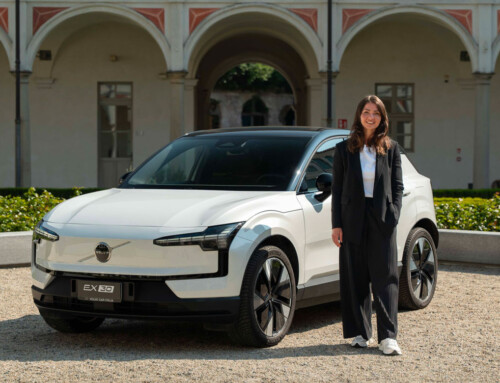“The way we build our cars is absolutely fundamental to the way they look”. That statement by Chris Bangle, the BMW Director of Design, leads Robert Cumberford to think about modern manufacturing methods in the automotive and other industries.
People are always saying all cars are the same and, more often than not, that is true enough, and it was true in the past too. All 1935 or 1965 or 1985 cars do look very similar.
Of course, every period produces cars that date back to years earlier, some of which, though despised at the time, actually heralded the future. Still most of the cars on the market at any one time look pretty much identical. And those designs that do stand out are often made in unconventional ways or using innovative materials.
In the United States these days, almost all consumer goods on sale, from clothes to kitchenware and computer accessories, are made in China. Meanwhile the world automotive industry is taking on Chinese workers with open arms, more than willing to export jobs their compatriots have done for years to a country where wages are very much lower.
The fact of the matter is, as Bangle insisted, that if designers and engineers can’t find a new way of making cars and making them look different, and more desirable, those countries that first designed and built and perfected the car are going to be driven out of the market.
An overstatement? Maybe so, but I wonder if they think so in England, the country that boasted the world’s second biggest auto industry 45 years ago and that now only survives by importing tin boxes from India. Sic transit gloria mundi.
The article continues in Auto & Design no. 145










